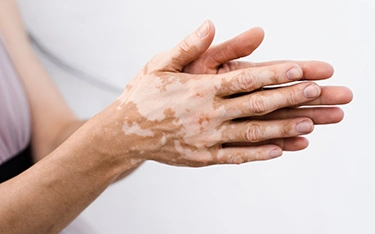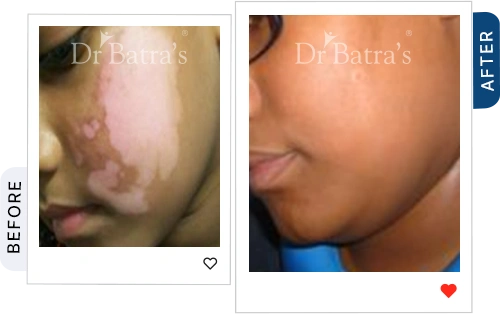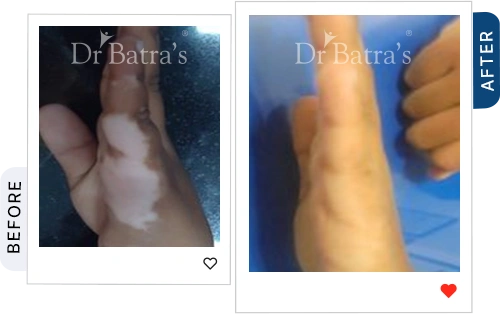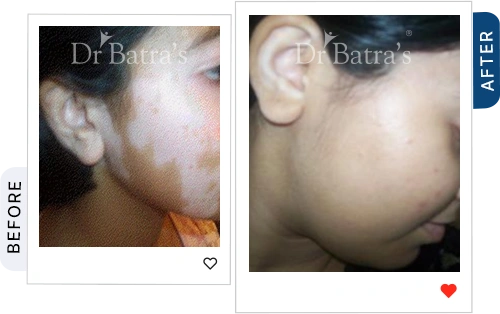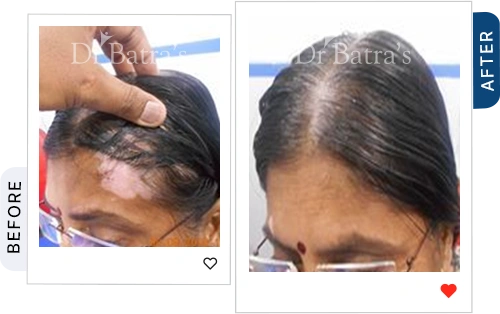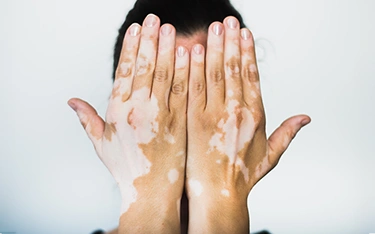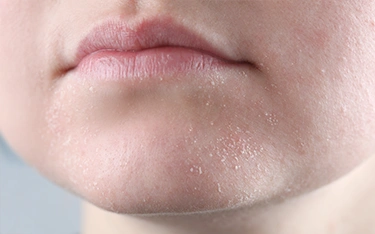Vitiligo isn’t just about white patches; it’s about understanding why those patches appear and what makes them spread. For many, vitiligo begins without warning, which can be emotionally overwhelming.
According to a 2023 report by the Indian Dermatology Association, India sees nearly 2% of its population affected by vitiligo, with a growing number of adult-onset cases due to heredity, autoimmune, and stress-related triggers.
Knowing the underlying causes of vitiligo skin disease helps you manage the condition better and may even slow its progression.
What causes Vitiligo?
Vitiligo is an autoimmune condition where your body’s immune system mistakenly attacks its own melanocytes, the cells responsible for producing skin pigment. This leads to white patches of skin, often symmetrical and progressive in nature.
While the exact vitiligo causes can differ for each person, the most common triggers are genetic, immune, lifestyle, and environmental factors. When patients ask “what causes vitiligo?” the answer is usually a combination of these multiple influences rather than one single reason.
Main Causes and Autoimmune Triggers of Vitiligo
- Autoimmune Conditions
Vitiligo often develops when the immune system mistakenly attacks melanocytes. This autoimmune response may be linked to conditions such as thyroid dysfunction, type 1 diabetes, or other autoimmune disorders. This is one of the primary vitiligo causes reported in medical research.
- Family History
Genetics plays a significant role in what causes vitiligo in adults. Adults with a close family member who has vitiligo or another autoimmune condition are at higher risk. While inheritance doesn’t guarantee the condition, it increases susceptibility when combined with other triggers.
- Physical Skin Trauma (Koebner’s Phenomenon)
Cuts, burns, abrasions, or even prolonged sun exposure can act as triggers. In some individuals, new white patches appear exactly where the skin was injured. This trauma-based response highlights the early-stage vitiligo causes that can make the condition visible in new areas.
- Nutritional Deficiencies
Lack of vitamin B12, folic acid, copper, and vitamin D can weaken pigment formation. Although not the main cause of vitiligo, deficiencies can make patients more vulnerable. Poor nutrition is often reported as one of the overlooked causes of vitiligo in adults.
- Oxidative Stress
An imbalance between free radicals and antioxidants can damage melanocytes. This is one of the most widely studied vitiligo reasons, showing how internal body chemistry can influence depigmentation.
How to control Vitiligo spread & Homeopathy Treatment?
- Chronic Stress or Emotional Trauma
Stress triggers an immune imbalance, one of the top skin disease is vitiligo. Stress hormones like cortisol accelerate pigment loss.
- Unprotected Sun Exposure
Excessive sunlight damages melanocytes and is among the key vitiligo causes for rapid progression.
- Chemical Exposure from Hair Dyes or Skin Products
Harsh chemicals in dyes and creams are frequently cited as vitiligo in children causes and also affect adults.
- Skin Friction from Tight Clothing or Scratching
Koebner’s phenomenon makes friction one of the overlooked causes of vitiligo in men, especially around belts, collars, or shoes.
- Infections
Viral and bacterial infections disrupt immune balance, contributing to causes of vitiligo in adults and children alike.
Can Diet, Stress, or Lifestyle Impact Vitiligo?
Absolutely. Lifestyle factors often fuel existing autoimmune imbalances and can play a big role in either slowing down or accelerating vitiligo progression. Managing stress, maintaining a nutrient-rich diet, and avoiding certain triggers can make a visible difference in skin health.
Stress
Stress is one of the most common vitiligo reasons. Emotional trauma overstimulates the immune system, damaging melanocytes and worsening flare-ups.
Diet
What you eat directly impacts your skin’s ability to repair and defend itself. Low antioxidant levels make the skin less capable of handling oxidative stress, which is already high in vitiligo patients. Including certain vitamins and minerals in daily meals can help:
- Vitamin C – Present in citrus fruits, strawberries, bell peppers, and broccoli; it helps collagen formation and promotes skin repair.
- Vitamin E – Found in nuts, seeds, spinach, and avocado; it protects melanocytes from oxidative damage.
- Beta-Carotene – Abundant in carrots, sweet potatoes, and pumpkin; acts as a precursor to Vitamin A, which is essential for healthy skin.
- Iron & Vitamin B12 – Sources like spinach, lentils, chickpeas, and pumpkin seeds boost red blood cell health and overall immunity, which indirectly supports skin healing.
- Additionally, some individuals notice that gluten or dairy can trigger skin sensitivity and worsen their vitiligo. An elimination diet, under medical guidance, can help identify such triggers.
Lifestyle Factors
Smoking, poor sleep, and lack of exercise increase oxidative stress. In contrast, exercise, balanced nutrition, and sun protection can counteract the symptoms of vitiligo skin disease and slow progression.
Dr Batra’s® pro tip:
In vitiligo, the natural colour of the skin is lost, causing a deep psychological impact. The person often feels trapped in a catch-22, unable to hide, yet hesitant to seek help
